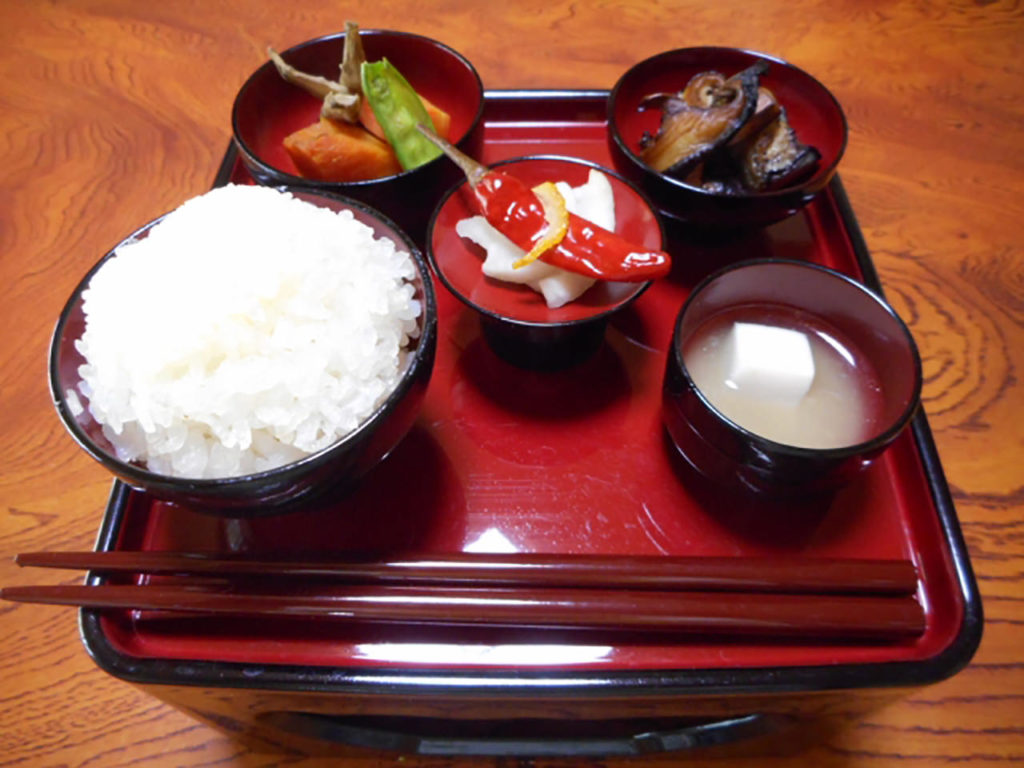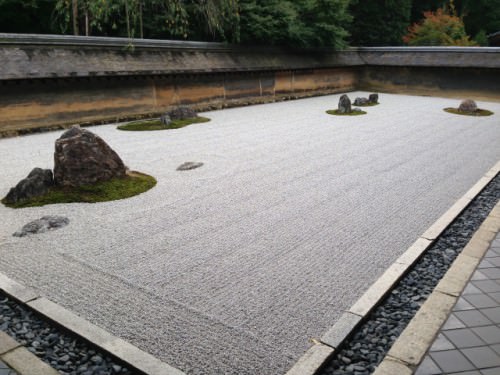Shojin Cuisine: Kyoto’s Traditional Vegetarian Food
2016.09.12

This year’s annual summer Kyoto Study Program has a special class.
“Shojin cuisine” is a genre of traditional Japanese food that this year’s students got to learn about from Kyoto’s experts…and of course, taste! Japanese cuisine, known as “washoku,” is world-famous, but how will it go over with young exchange students? We visited Kyoto Prefectural University to find out.
Time for class!
In a cool lecture hall protected from the ringing voices of the cicadas outside, the class begins with a brief address—in English!—from the head of the Kyoto Washoku Institute. The speaker for this lesson is the Institute’s Specially Appointed Professor Junichi Ueda, who specializes in the history of Zen Buddhism in the Middle Ages, and the history of Sino-Japanese Cultural Exchange.
Since not all of the students can speak Japanese, this year the program is implementing something new: a professional Kyoto translator sits beside each student to explain the lecture to them in English. Though it’s practice for the translators as well, each of them is highly knowledgeable regarding Japanese history and culture, and can even answer the students’ follow-up questions during the class.
So what’s “Shojin cuisine,” anyway?
Japanese cuisine is a diverse genre of food in its own right, but today’s focus was on just one style. Shojin cuisine originates in the Buddhist tradition of non-meat diets, and is a general term for vegetarian dishes that spread from the temples to greater popularity. The word “shojin” itself is a Buddhist term meaning to concentrate on religious austerities.
In the late 600s, Japanese culture gradually began to reject a meat-based diet. However, that is not to say that commoners and non-monks ate completely vegetarian diets. Records from literature of the late 10th century outright stated that, “Shojin cuisine tastes bad,” and people of the day were noted to consider Shojin cuisine to be “crude” and “unappetizing” food.
“Modoki” and “Mitaté”
Although initially viewed as poor-tasting, things did begin to change for Shojin cuisine in the 13th century: “modoki” had come into vogue. This new kind of food art used vegetable dishes, intricately sliced and arranged to imitate the appearance of prepared chicken or fish.
Japanese people were fascinated by “modoki” dishes, but this was perhaps not so surprising. A similar practice, known as “mitate,” had long been popular in Japan, and involves using not food, but one object to imitate another.
One of the most famous examples of this kind of “mitate” can be found in the rock garden at Kyoto’s Ryoanji Temple. The rock garden features a tiny ocean of small, raked pebbles, interspersed with four large, stationary rocks. To the people of the time, simply using water lacked an element of refinement. Using an unexpected item to express water was of much greater artistic interest.
Within this culture of “mitate,” the construction of a kind of beautiful food that was prepared using neither meat nor fish—and yet could easily be mistaken for the two—was considered a delightful challenge. With the visual play of “modoki,” the look of Shojin cuisine improved greatly. Its flavor was improved by the use of ingredients such as tofu, flour, and vegetable oils that made it possible to mimic even the taste and texture of meat and fish.
The influence of modern Shojin cuisine on Japanese food
Even today, Japanese people eat Shojin cuisine at Buddhist temples during memorial services, and there are even restaurants that serve Shojin cuisine as a menu item. The techniques and ingredients used in Shojin cuisine have become widely accepted as a part of larger Japanese food culture as well. Shojin cuisine has been able to flourish for so many hundreds of years not only because of the restrictive laws that forbade the consumption of meat so long ago, however. It is the cleverness of its construction that makes it interesting and delicious in unexpected ways.













